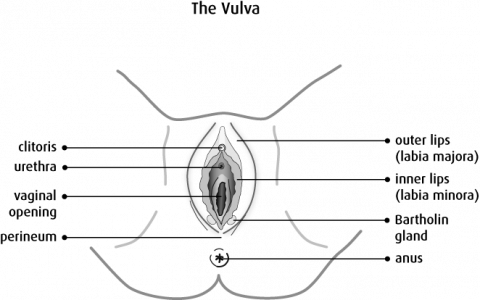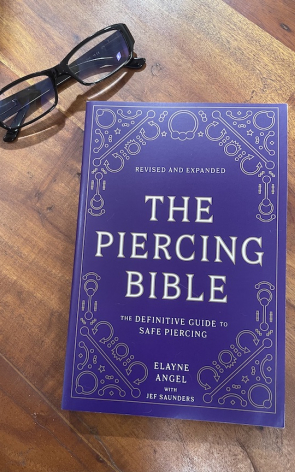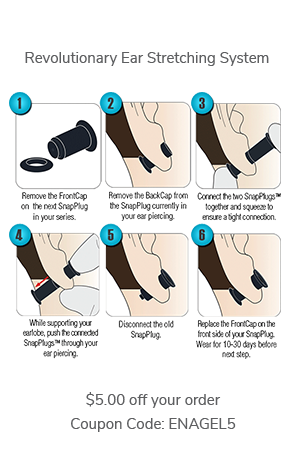I get asked for "vaginal piercings" on a regular basis, and I see that this is a common search term used by those who are seeking information about female genital piercings, which are described below. Not only is the term vague, but also it isn't accurate to describe a location where piercings can be placed.
If you prefer to use a general term for some reason, "vulva piercings" would be more accurate, and equivalent in meaning to the also vague turn of phrase: "female genital piercings." The vulva (I love that it is Latin for wrapper or covering) consists of the external female sex organs—the parts we can see and potentially pierce. The shape and size of the vulva varies considerably, so not all women are built for all piercings. And asymmetry is virtually standard.
Don't feel bad; people often confuse the vulva with the vagina. The vagina, also known as the birth canal, is inside the body. Only the opening of the vagina (introitus) can be seen from the outside. The vagina is the muscular canal that extends from the cervix to the surface, connecting the uterus to the outside world. The vagina is the site of intercourse, childbirth, and the flow of menstrual blood. But not piercings.
So, I do pierce tissues surrounding the opening of the vagina, but not the vagina itself. Or "herself" if you prefer. The options include piercings of the clitoral hood (the first three listed below) and others:
- The vertical clitoral hood (VCH) piercing, which is by far the most popular piercing I do, since it is the one more women are anatomically suited to it, and it can be marvelous for adding sensation and sexual pleasure. (I even had one day of my career that was ALL VCH piercings, over 20 of 'em!)
- The triangle piercing, which fewer women are built for, but those who are often find it spectacularly enjoyable.
- The horizontal clitoral hood (HCH) piercing might add sensation on women with certain builds (depending on jewelry style and fit), but on others it is purely a...hood ornament.
- The inner labia, and the outer labia, as well as the fourchette are other possibilities. These tend to be relatively ornamental, but can still be enjoyable to have.
- The clitoris piercing (also called the clitoral glans) is extremely rare but can be safe and sensational for women who are anatomically suited and inclined. Don't confuse this with hood piercings!
I'm not sure whether this vulva/vagina misunderstanding is because the sex education is lacking at home and/or in schools? Or perhaps it stems from the lack of "genital pride" we suffer from in Western society? At least, that's what I call it. We're frequently taught that our bodies are not beautiful or something to be proud of, which is tragic. Our bodies are amazing and wonderful! Think of it: the only thing you really have that's yours as long as you live is...your body. Genital piercing can help you get better acquainted with, and even celebrate your body.
In any case, I find that many women are unfamiliar with the morphology (form and shape) of their own bodies, and plenty are also unclear on the specific terms for the various parts. Countless adult women have trouble identifying the parts on themselves, even when they know the terms. Don't feel bad if this is you! It is incredibly common, and I can help! I offer professional consultations and I can identify your parts for you and evaluate their pierceability. So many women tell me that they've learned a lot about their bodies by getting them pierced. And often they learn a great deal about it just from a consult.
Still, anyone who contacts me to request an appointment for "vaginal piercing" will kindly be met with my usual friendly attitude and no lectures. I'll take them at their intention, rather than their use of words. Thus I've elected to offer the explanation here, for those who wish to know.





